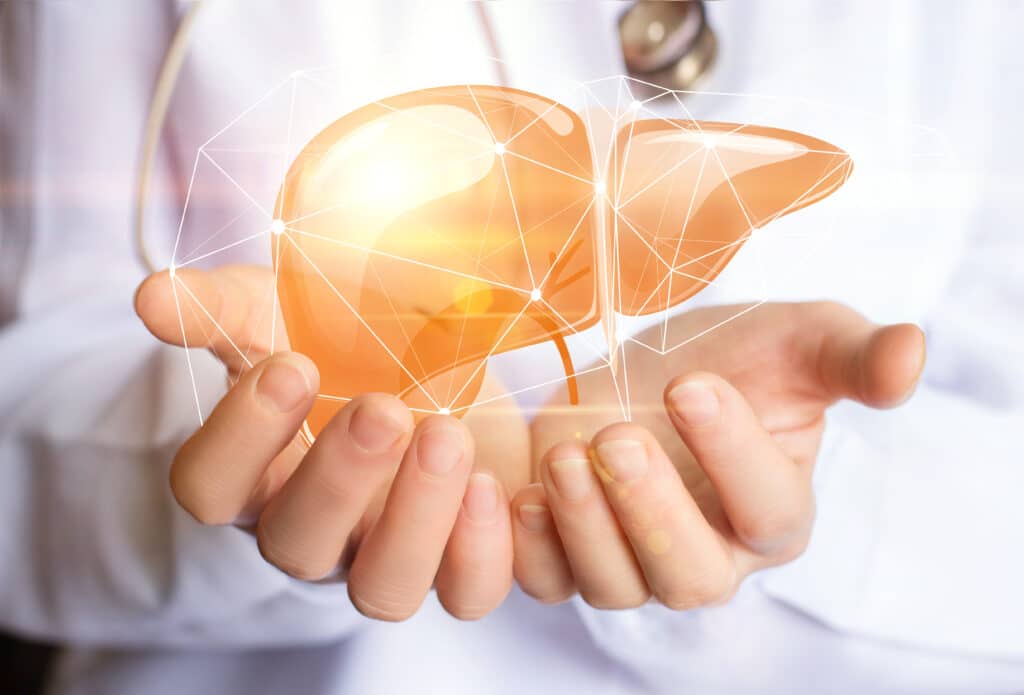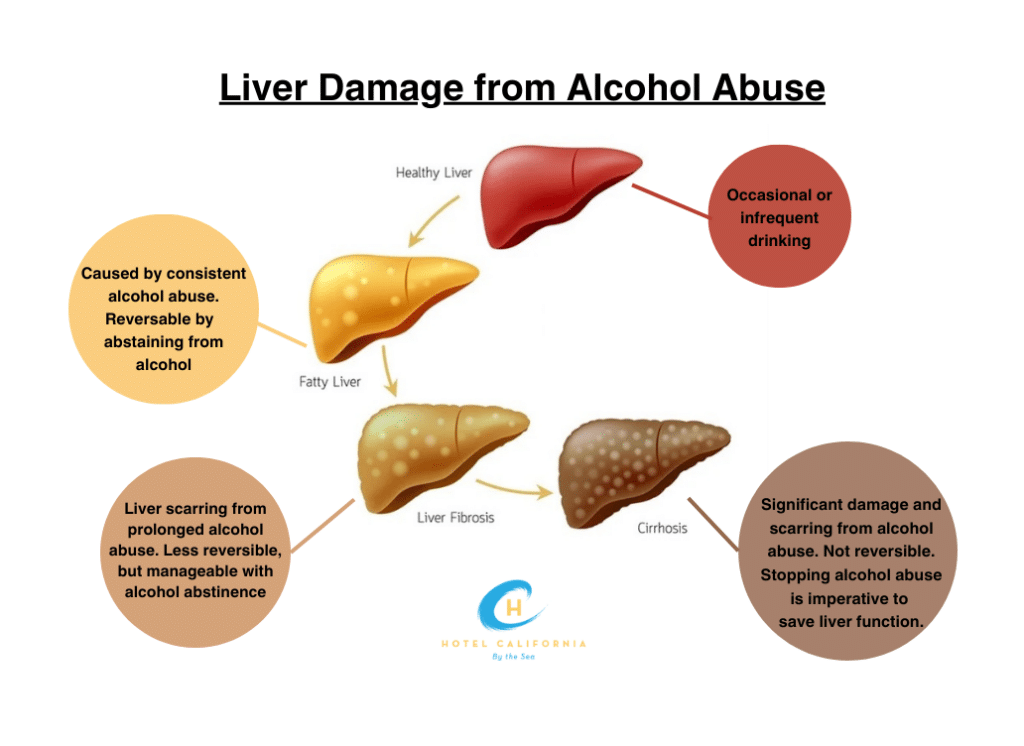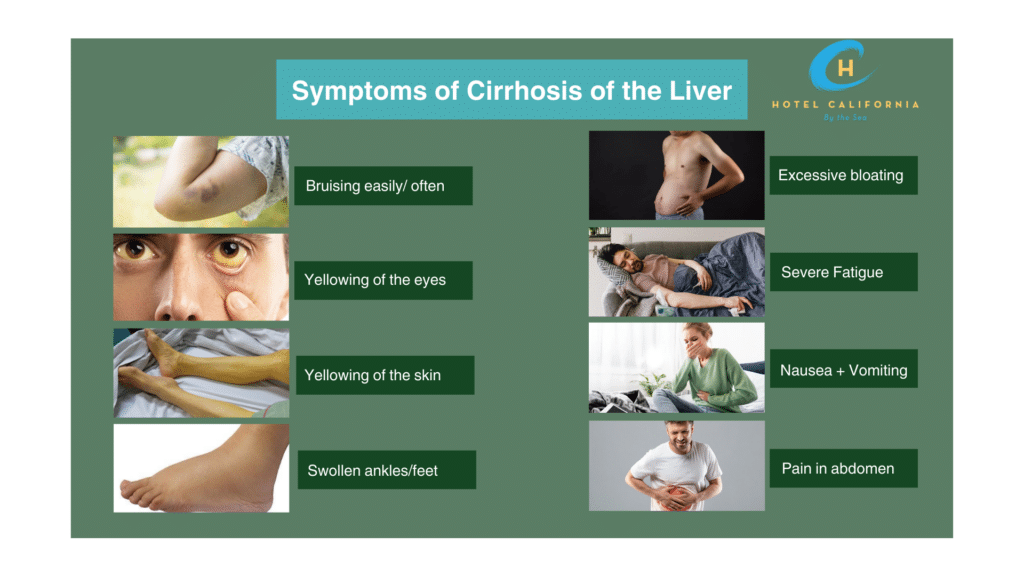Signs your Liver is healing from Alcohol
Liver damage and liver disease is a common side effect of alcohol use disorder. With alcohol abuse being one of the most common mental illnesses globally, alcohol-related liver disease is also on the rise. The majority of those who abuse alcohol go on to develop fatty liver disease, which is a form of alcohol-related liver damage. The liver is the largest internal organ in the body. Unlike some other organs, the liver can heal and repair itself even after years of damage and exposure to toxins like alcohol.
How does the liver work and what does it do for your body? The liver plays an important role in the body. It works to eliminate waste and toxic substances from the body by cleaning out medications, drugs and other bacterial substances from the bloodstream. It is involved in the digestion of food, breaking down toxins and energy production. The liver produces bile, blood proteins and cholesterol. It processes hemoglobin so the body can absorb and store iron in the body. It is also in charge of controlling the body’s blood clotting ability and it affects the body’s immune system and metabolism.
The liver is a multi-functioning organ that can affect many different aspects of the body. When the body is constantly being exposed to and overwhelmed by toxic substances such as alcohol, it can lead to devastating consequences. One of the most dangerous symptoms of alcohol use disorder is alcohol-related liver disease.

What is Alcohol-Related Liver Disease?
When excessive amounts of alcohol are being forced onto the liver to process, it can cause liver damage. While some of the alcohol that enters the body is eliminated through your breath, sweat and urine, the majority of it gets processed through your liver. Liver damage can lead to the slowing of liver functions, scarring and inflammation of the organ.
Common symptoms of alcoholic liver disease include:
- Tight-sided stomach pain
- Nausea and vomiting
- Jaundice
- Fatigue, tiredness and drowsiness
- Easily bruising
- Swollen arms, ankles and feet
- Changes in stool and urine color
- Weight loss and loss of appetite
- Confusion

Alcohol-associated liver disease is one of the leading causes of illness and death from liver damage in the U.S. and the world. It is also the most preventable. There are three main types of alcohol-related liver disease: fatty liver, alcohol hepatitis and alcoholic cirrhosis.
Fatty liver damage is the most common symptom of an alcohol-induced liver problem and is defined by the fat build-up inside the organ. This can lead to enlarged liver, feelings of tiredness and weakness as well as weight loss. Drinking large amounts of alcohol even for a short time can lead to fat build-up in the liver. There are little to no symptoms associated with this stage and it is reversible when drinking is stopped for at least two weeks.
Alcohol Hepatitis is caused by acute inflammation and pain in the liver from drinking large amounts of alcohol in a very short period of time. Users will experience weakness, fever, nausea and vomiting. This often leads to appetite loss and the development of jaundice, a condition that occurs when the skin and whites of the eyes turn a yellowish color. During this stage, liver cells will die and cause permanent scarring.
Alcoholic cirrhosis is the destruction of liver tissue. This leaves scar tissues in place of working liver tissue and can cause portal hypertension, an enlarged spleen and bleeding in the intestines. This stage of liver damage also leads to poor nutrition, the build-up of fluid in the stomach and a high risk of liver cancer. When a user has reached this level of liver damage, it is most likely not reversible. A person with liver cirrhosis is unable to stop drinking and has less than a 50% chance of living past the next five years.

Other types of conditions that can develop from alcohol liver damage:
- Hepatitis – creates liver swelling and an infection leading to Hepatitis types A, B and C. About 30% of people with alcoholic liver disease also have the Hepatitis C virus
- Autoimmune Hepatitis – creates liver swelling that occurs when the immune system mistakenly attacks the liver and causes inflammation
- Wilsons disease – this occurs when there is too much copper buildup in the liver
- Hemochromatosis – this occurs when there too much iron build-up in the liver
- Liver cancer – this occurs with the development of tumor growth in the liver
Can your Liver heal?
The liver is an organ that can heal itself after being damaged. Liver tissue can grow back after experiencing damage. This is due to the liver’s ability to enlarge existing liver cells that work to regenerate itself. New cells can grow and multiply in the injured or removal area of the liver. Healing can begin as soon as the first few days after drinking alcohol has completely stopped.
If a person stops drinking for 2-3 weeks, it is possible for liver damage to completely resolve and return to normal.
However, not all damage is reversible. If the liver damage is too severe, it might not be possible to heal. The ability to heal and the extent of healing depends on many factors. This includes the severity of a person’s drinking habit, age and weight, medical history and other health conditions and if other substances or medical treatments are being utilized. To completely heal, it can take anywhere from a few weeks to months.
Check Your Insurance Coverage for FREE
Find out if your insurance covers addiction treatment in minutes. We accept most insurance!
Signs your Liver is healing from Alcohol
The best and most effective way to heal your liver from Alcohol liver disease is to stop drinking.
- Increased energy – Diminished liver functions affect the body’s metabolic process. It can leave you feeling tired and sluggish. When the liver begins to heal and a person begins to feel better, their energy levels will also increase.
- Improved appetite – One of the liver’s functions is to produce bile, which turns fat into energy the body can use. In a healthy liver, the body is more easily able to digest food and nutrients. This leads to an improvement and increase in appetite.
- Balanced body weight – The liver affects the metabolic system. When the liver is damaged, people can experience nutritional imbalances causing symptoms such as weight gain. In a healed liver, the body’s metabolic system ensures it gets the necessary nutrients to help maintain a healthy and stable weight.
- Normalized skin and eye color – Liver disease is known to cause jaundice. Jaundice is the yellowing of the eyes and skin due to an inability to process red blood cells when they break down. When the liver begins to heal, the white in the eyes and skin color will go back to normal.
- Reduced brain fog – Once the liver begins to heal, users can experience an increase in mental alertness, memory and clearer thinking. In a damaged liver, the backup of toxins alters liver function and causes frequent brain fog, confusion and drowsiness. This is known as hepatic encephalopathy (HE).
- Improved Immunity – One of the liver’s functions is to eliminate bacteria, viruses and other toxic pathogens from the body. Heavy alcohol use weakens the liver’s ability to perform this function and makes the body more vulnerable to disease and illnesses. When alcohol use stops and the liver has repaired itself, it can boost a person’s immune system to fight off infections.
- Improved blood clotting – Excessive alcohol use hinders the production of blood platelets, which form clots to stop bleeding. The reduced number of platelets causes a person to bruise more easily and makes wound healing take much longer. A healthy liver can reverse these symptoms.
- Improved blood work – A healthy liver can lower the toxin levels in your blood and ultimately improve liver function. Blood glucose levels can also improve with less alcohol consumption because heavy use can spike blood sugar levels.
Reach out to Hotel California by the Sea
We specialize in treating addiction and other co-occurring disorders, such as PTSD. Our Admissions specialists are available to walk you through the best options for treating your addiction.
Treatment for Alcohol Use Disorder and Alcohol Liver Disease
Alcohol use disorder is one of the most common mental health diseases across the globe. With the prevalence and accessibility of alcohol, alcohol-related liver disease is also on the rise. At Hotel California by the Sea, our alcohol use disorder treatment program provides clients with the resources and support they need to overcome their addiction.
We provide all levels of care including detox, residential and outpatient programming. With evidence-based treatments such as group therapy, EMDR therapy and individual cognitive therapy, clients will have a better understanding of their addiction. We believe in treating all aspects of addiction including physical, emotional and psychological. Clients will receive critical care under the guidance of addiction specialists, physicians and clinical experts. At Hotel California by the Sea, we are committed to helping our clients achieve sobriety and long-term recovery.
References:
https://canadiancentreforaddictions.org/signs-your-liver-is-healing-from-alcohol/
https://www.healthline.com/health/signs-your-liver-is-healing
https://healthmatch.io/liver-disease/signs-your-liver-is-healing#7-signs-your-liver-is-healing
https://www.ncbi.nlm.nih.gov/pmc/articles/PMC8041137/
https://www.hopkinsmedicine.org/health/conditions-and-diseases/alcoholinduced-liver-disease
https://www.nhsinform.scot/illnesses-and-conditions/stomach-liver-and-gastrointestinal-tract/alcohol-related-liver-disease/
https://health.clevelandclinic.org/detox-liver-from-alcohol/
